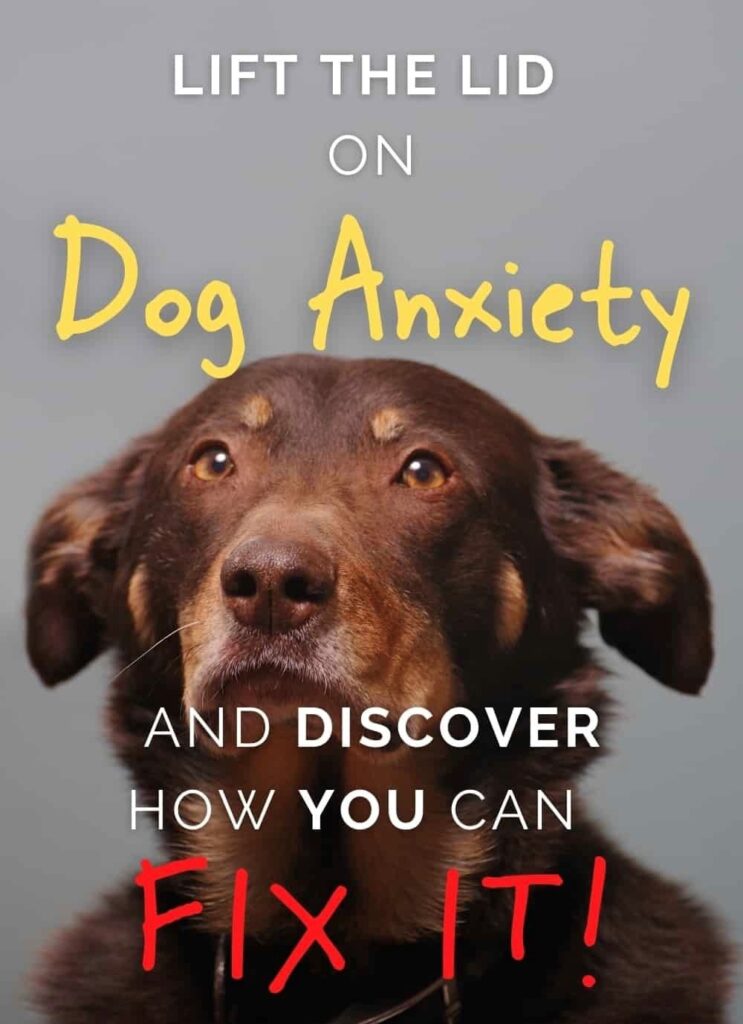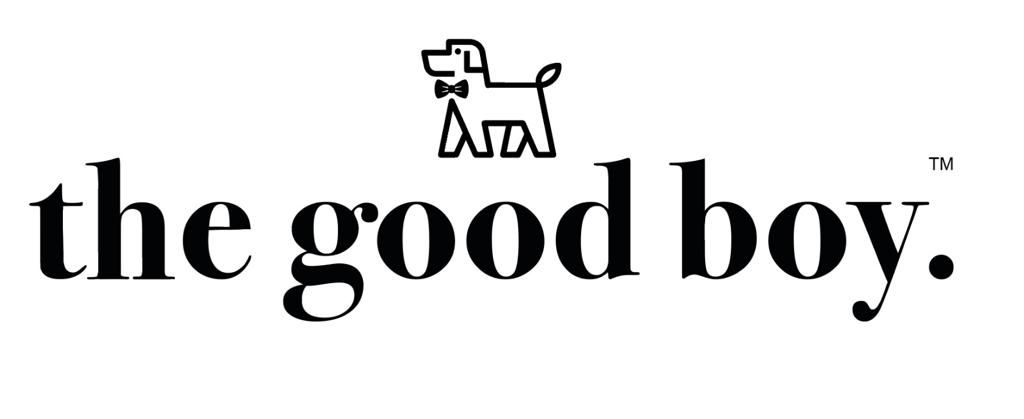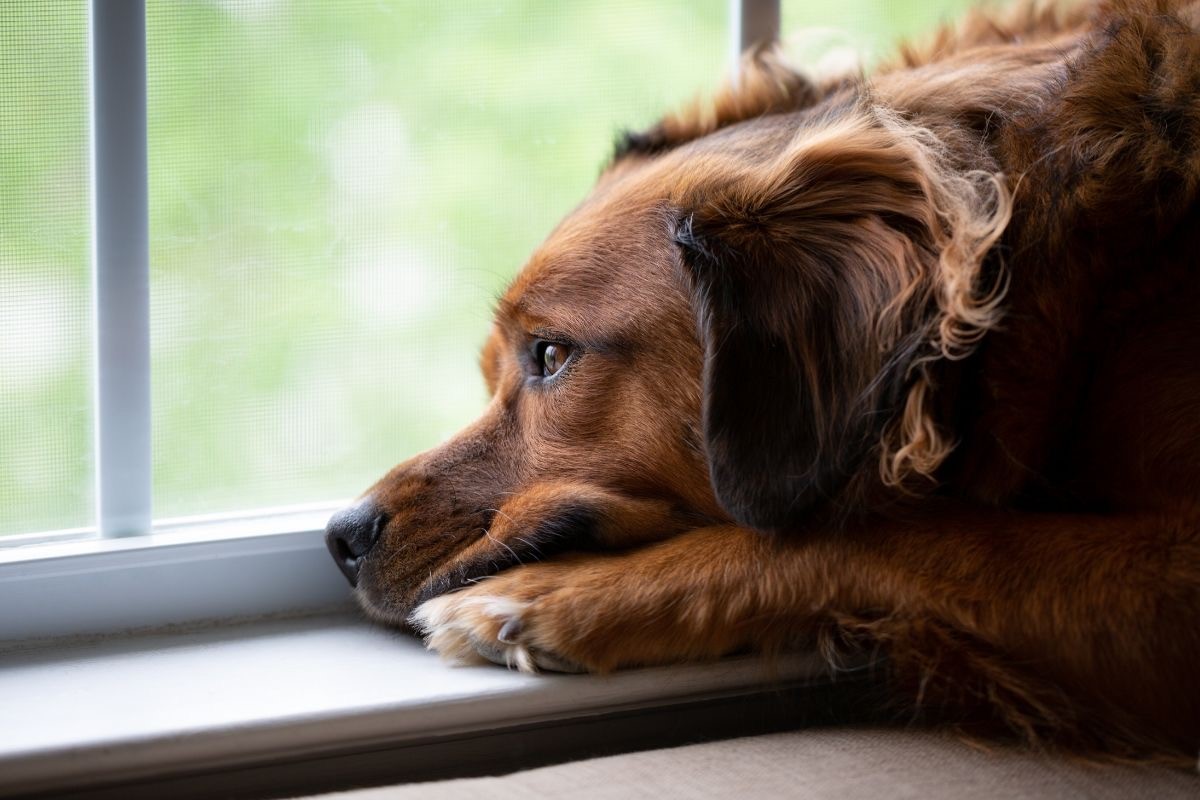ust like us, dogs can experience stress and anxiety in handling life’s everyday events. While it’s not unusual for dogs to show signs of distress from time-to-time, it’s important to understand that recognising and planning for your dog’s anxiety can play a pivotal role in managing it.

ANXIETY IS ONE OF THE MOST PRESSING HEALTH CONCERNS AND WE SHOULD NOT IGNORE IT.
Being over-excited, acting nervous and separation anxiety in dogs is not uncommon. We know that every dog is different, so will react to situations in different ways.
What is canine anxiety?
Anxiety is an emotional response that happens when our dogs feel nervous or fearful about past events or what might happen in the future. While certain breeds may be prone to anxiety, it can affect all breeds. Although the reasons may vary, anxiety is generally the result of a change in either routine, environment or activity. But every dog is different, and anxiety can impact dogs in different ways.
Common types of anxiety in dogs include:
Environmental anxiety. Sirens, alarms, thunderstorms and fireworks are examples of environmental stressors that can trigger anxiety in dogs. Even a fear of visiting certain locations can cause anxiety in pets, such as a vet clinic.
Separation anxiety. Some dogs find it highly stressful when left alone or when their ‘preferred’ owner leaves them in the care of someone else.
Social anxiety. Lack of frequent socialisation or history of trauma may trigger anxiety for pets when in the presence of unfamiliar people or other dogs.
Age-related anxiety. Though not every dog experiences this, some find life harder to cope with as they get older. This is especially true for those dogs who suffer with cognitive decline.Travel anxiety. Whilst many dogs love the prospect of riding in cars alongside their owners, some pets can become highly distressed, either from being in a car or agitated by other moving vehicles. And for many dogs, a car ride means a visit to the vet!

SIGNS YOUR DOG MAY BE EXPERIENCING ANXIETY
- Increased vocalisation, including barking, howling and whining, especially when you leave the house
- Destructive behaviour, such as excessive chewing, scratching and digging up the garden
- Pacing around the house in repetitive patterns
- Panting and drooling more than usual
- Having accidents in the house, despite being well trained
- Trying to escape when they’re usually content being at home
- More aggressive behaviour than usual
- Loss of appetite
- Attention seeking behaviours.
- Vomiting, diarrhoea
- Self-mutilation
- Fearful behaviour like shaking or shivering.

How to deal with dog anxiety
The earlier you recognise signs of anxiety or stress, the greater success you will have in managing or overcoming it. Nobody knows your pet like you do, so if you see your dog showing tell-tale signs of anxiety, here are some different methods of dog anxiety treatment.
Speak with your vet!
Your vet can help to identify the possible causes and triggers of your dog’s anxiety, rule-out any possible medical conditions, and formulate the best treatment plan. This may be a combination of behavioural training, pre-emptive strategies, supplements, and for more serious cases, dog anxiety medication.
Plan ahead
The best way to manage your dog’s anxiety is to plan ahead, especially for pets struggling with separation anxiety . Ask family, friends or your next-door neighbour to look after your dog (or to pay a visit when you’re at work). Speak to your employer about bringing your dog to the office, or flexible work arrangements to help acclimatise your pet to your absence. If funds allow, doggy day care is another great option.
Avoid Negative Punishments
If your dog suddenly becomes anxious, don’t use punishment as a corrective method. This means no yelling, no slapping, and nothing that could hurt or frighten your dog. Not only this behaviour will make your dog scared, but also risks turning anxious behaviour into aggression.
Regular exercise, safe spaces and affection
Regular exercise is great way to relieve nervous tension following your absence, as is creating a safe space where your dog can feel comfortable and secure when you’re not home. And never underestimate the power of a hug in helping our pets feel safe and secure, especially during environmental stressors such as thunderstorms or fireworks.
Establish a routine
Do not under estimate the important of a solid routine. Dogs love predictability and feel comfort in getting up and being fed and walked at the same time each day.
Keep them busy
Work hard on keeping your dog’s mind busy. As is true with us, an idle mind is the devil’s workshop. Bored dogs can have too much time to overthink and become anxious.

HOW TO DEAL WITH SEPARATION ANXIETY
- Try and make time to take your dog for a short walk before you leave, even if you won’t be gone for long.
- When you get home have a place that you can settle them in, where they feel safe. Maybe on their bed, or in their crate.
- Ensure your dog is well exercised before you leave. This makes them tired and ready for nap, and hence will show less signs of anxiety.
- Invest some time to get your dog used to being left alone by instigating a positive routine when you’re leaving
- Leaving a piece of your clothing with your dog that you’ve recently worn can be comforting to them. Place it in their crate or bed, so that it can help them feel secure and cosy.
- Maintain low key Goodbyes and Hellos
- Practice short times away from home and your pet.
How to calm an anxious & restless dog
Your dog may be restless due to excitement, nervousness, or stress. Natural remedies are a great way to help keep your dog happy and relaxed.Choose grain-free food/treats with added natural calming ingredients. Try using a calming spritz to help your dog relax.
How to deal with anxious dog barking
Dog barking is a natural behaviour and it can be a sign of stress. While dog barking shouldn’t be rewarded, it’s important your dog understands when it’s ok to bark. Dog barking is common when there’s a knock at the door; your dog does this to alert and protect you! If this is a common occurrence, it might drive you barking mad…
- Try popping the radio or television on to help mask the noise of the knocking, the distraction may help them feel more at ease.
- Encourage your dog to settle down and stop barking before you answer the door, telling them firmly to ‘sit’ should help.
- Once they have settled for a few seconds without barking, reward them with praise or a treat, to positively reinforce their good behaviour.
Anxiety is a pretty common mental health issue in dogs, which can be pretty terrifying and uncomfortable. The good news is that there are many helpful steps one can take to treat and alleviate it. Anxiety in your dog does not have to be a terrifying experience for your dog and its owner. The above points can come in handy when dealing with your dog’s anxiety.





